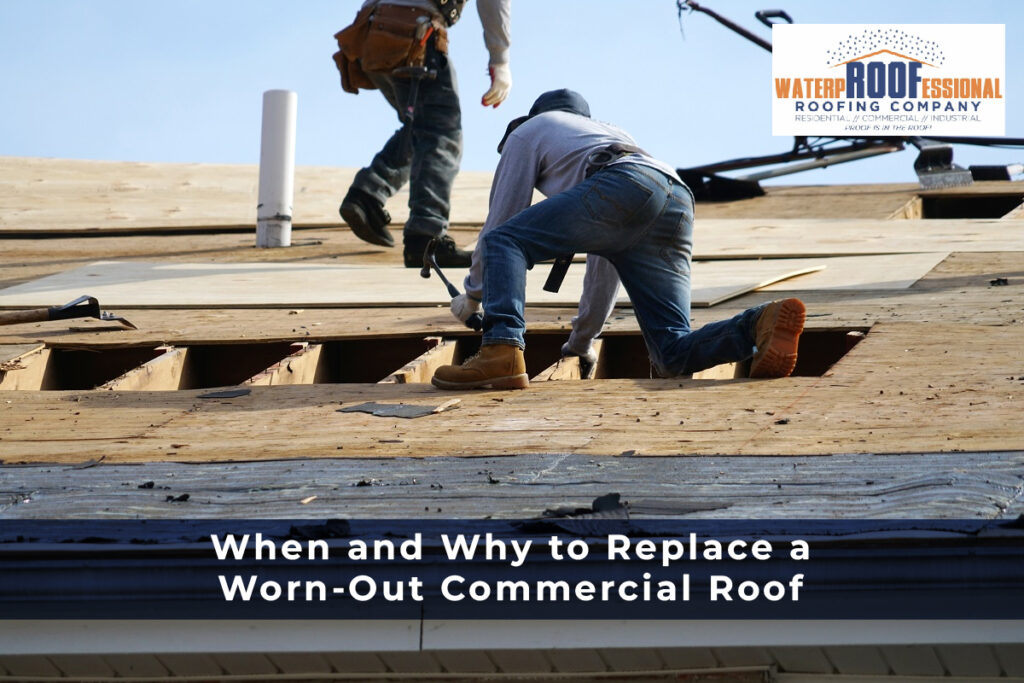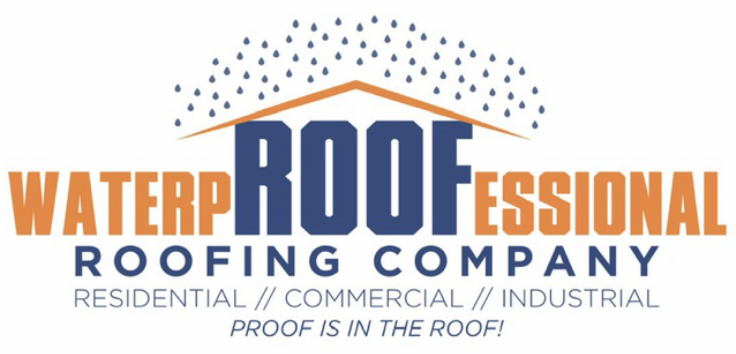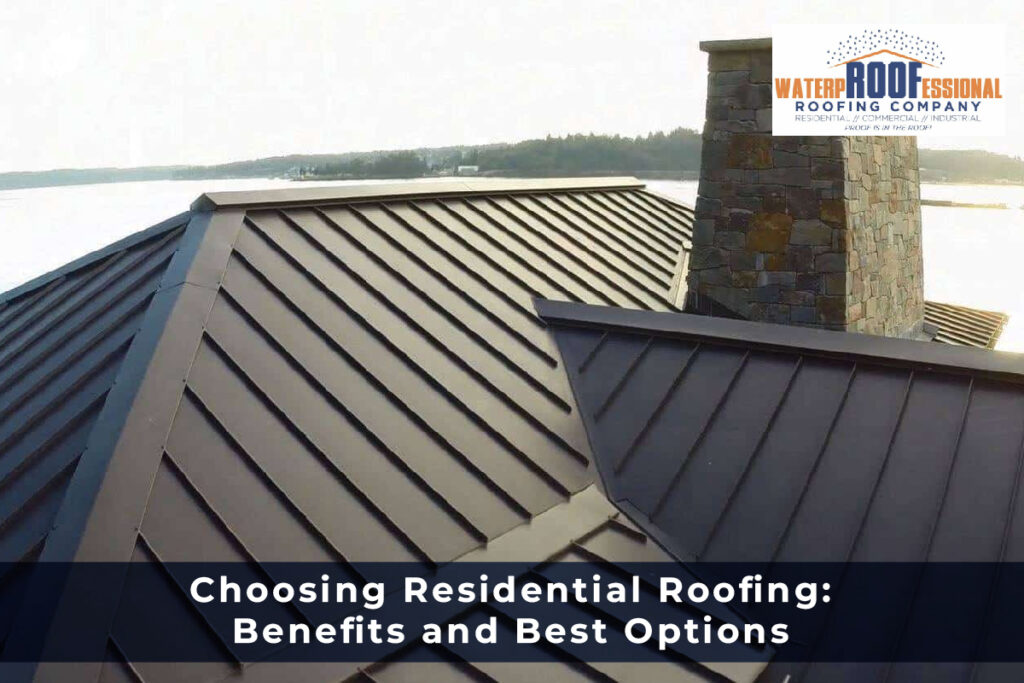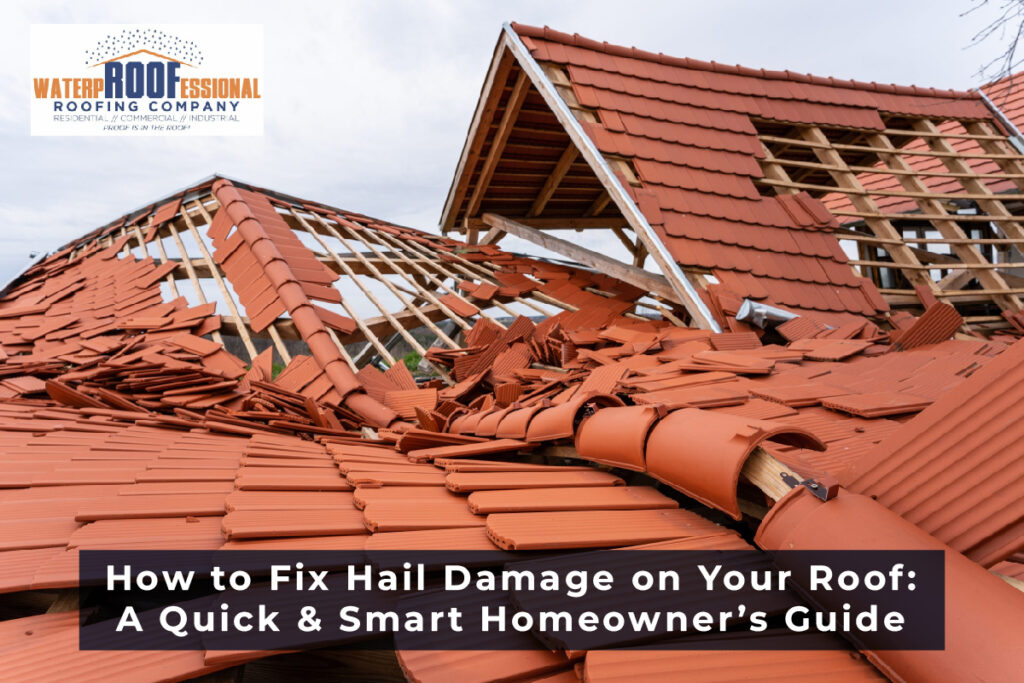Every building has its breaking point—and your commercial roof is no exception. It shields your business from storms, heatwaves, snow, and all kinds of wear and tear. But like any part of a structure, it doesn’t last forever. Knowing when and why to replace your commercial roof can save you tens of thousands of dollars in repair bills, not to mention the headaches from water leaks or lost inventory.

If you’re seeing signs of damage or your energy bills are mysteriously spiking, it might be more than just a maintenance issue—it could be time for a flat roof replacement or even a metal roof replacement. In this comprehensive guide, we’ll cover everything you need to know: from early warning signs to how to calculate roof replacement costs, choosing the right materials, and hiring the best commercial roofing contractors.
How Long Does a Commercial Roof Actually Last?
Let’s cut to the chase—most commercial roofs aren’t built to last forever. On average:
- TPO & EPDM (rubber roofing): 20–30 years
- Modified Bitumen: 20 years
- Metal Roofs: 40–70 years (if properly maintained)
But just because your roof is “technically within its lifespan” doesn’t mean it’s in perfect shape. Weather, poor installation, and neglect can shorten even the best roof’s life. Regular roof maintenance and inspections are the best ways to stay ahead of problems and make the most of your investment.
Red Flags: When to Consider a Commercial Roof Replacement
Your roof doesn’t need to cave in for it to be “bad.” Here are clear signs that it’s time to consider full-on roof installation instead of quick patches:
1. It’s Older Than Your Favorite Hoodie
If your roof is over 20 years old and showing signs of wear, it’s probably nearing the end of its life—even if it’s not leaking (yet).
2. Water Is Sneaking In
Persistent leaks, stained ceilings, or bubbling paint? These are huge red flags. Water damage can destroy insulation, warp drywall, and even harm your building’s structural integrity.
3. Rising Energy Bills
If your HVAC is working overtime, your roof’s insulation might be compromised. A new roof with updated materials can seriously improve energy efficiency and reduce costs.
4. Blisters, Bubbles, or Sagging
These aren’t just cosmetic issues—they’re signs of trapped moisture or structural failure in your roof membrane. Don’t ignore them.
5. Frequent Repairs
If your maintenance guy knows your roof better than your office coffee machine, it might be time to replace instead of patch.
What’s the Real Roof Replacement Cost?
The big question: how much will this set me back?
Here’s a breakdown of factors that influence roof replacement cost:
| Factor | Impact |
| Roof Size | Bigger roof = more materials + labor |
| Material | TPO and EPDM are cheaper; metal roof replacement is more expensive but lasts longer |
| Accessibility | High or complex roofs cost more to reach and work on |
| Local Labor Rates | Prices vary depending on your location |
| Tear-off vs Overlay | Removing the old roof adds labor & disposal costs |
Estimated range: $6–$12 per square foot (but it can go higher for premium materials or complex projects). Always get 2–3 estimates from reputable roofing services in your area.
Picking the Right Roofing Material (And Why It Matters)
Replacing your roof gives you a golden opportunity to upgrade. Here are some of the most popular commercial roofing options and when to choose them:
TPO & EPDM
- Best for: Flat or low-slope roofs
- Why choose it: Affordable, UV-resistant, and easy to install
- Watch out for: Seams and punctures over time
Modified Bitumen
- Best for: Budget-conscious buildings with moderate foot traffic
- Why choose it: Easy to repair, durable under most conditions
- Watch out for: Shrinking and cracking in extreme temps
Metal Roofing
- Best for: Long-term savings and harsh climates
- Why choose it: Fire-resistant, energy-efficient, incredibly long-lasting
- Watch out for: Upfront cost is higher, but it pays off long-term
For additional property upgrades, consider these complementary services:
- Siding Installation in Champaign, IL
- Siding Repair in Champaign, IL
- Floor Installation in Champaign, IL
What to Expect During Roof Installation
Let’s walk through the roof installation process so there are no surprises:
- Inspection & Consultation – The contractor evaluates your current roof and discusses material options and budgets.
- Proposal & Scheduling – Once approved, they’ll schedule a convenient time for the work to begin.
- Tear-Off (if needed) – Old materials are removed and disposed of properly.
- Prep & Repairs – Decking is inspected and repaired. Insulation is added if needed.
- New Roof Install – Material is laid down, sealed, and secured.
- Final Inspection – A walkthrough ensures everything meets code and warranty terms.
Bonus tip: Choose a contractor that offers a labor + material warranty!
How to Choose the Best Commercial Roofing Contractors
This isn’t the time to go with your cousin’s friend’s brother. Here’s what to look for:
- License & Insurance – Non-negotiable.
- Local Experience – They should know your area’s building codes and climate.
- Client Reviews – Check Google, BBB, and local directories.
- Warranty Terms – A good warranty is a sign of a confident contractor.
- Portfolio & References – Ask to see previous commercial projects.
Final Thoughts: Don’t Wait for a Downpour
A failing commercial roof isn’t just a liability—it’s a threat to your bottom line. If your building is showing signs of roof distress, don’t gamble on patch jobs. Schedule an inspection, review your replacement options, and invest in a solution that protects your property, people, and profits for years to come.
With the right materials and the right team, you’ll gain peace of mind and a long-lasting roof over your business.
FAQs About Commercial Roof Replacement
Q1: Can I just repair parts of my roof instead of replacing the whole thing?
Yes, but only if the damage is localized. Frequent repairs often end up costing more than a full replacement over time.
Q2: How long does a commercial roof replacement take?
Usually 3 to 10 days depending on the size and material.
Q3: Will business operations be affected during the roof installation?
Some noise is expected, but a good contractor will work around your schedule to minimize disruption.
Q4: What’s the best season for roof replacement?
Spring or early fall is ideal—mild weather helps materials cure and adhere properly.Q5: Do new roofs come with warranties?
Absolutely! Most include 10–30 year warranties on materials and 5–10 years on labor (depending on the contractor).




